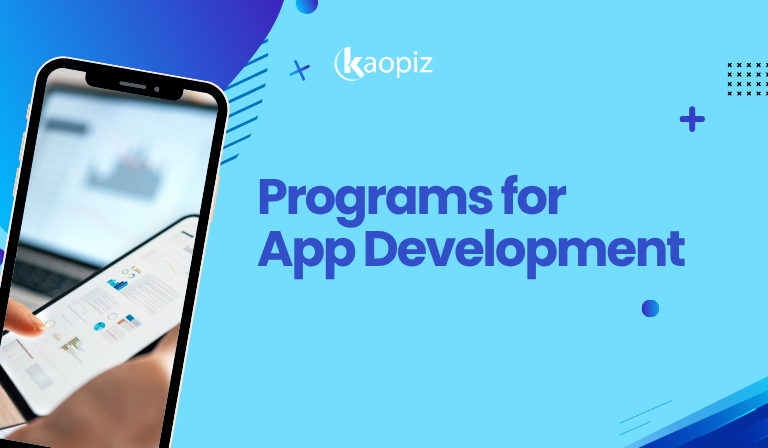Web System Development: Languages, Processes, and Contracts
In today’s digital era, having an effective web system is essential for a company’s success. However, finding the right development team can be one of the most critical challenges in the process.
In this article, we will explore what web system development is, including the languages, development process, contract types, and how to find the ideal development partner. After reading this, you should be well-equipped to choose the best development method and partner to ensure a successful web system project. Let’s dive into the details.
What is Web System Development?
Web system development refers to creating systems that can be accessed through web browsers. These systems are used via a web browser like Chrome or Safari, which are installed on PCs or smartphones, connecting to applications hosted on a server.

Examples of web systems include:
- Portal sites: Google
- E-commerce sites: Amazon
- Internet banking
- Social media platforms: Twitter, Facebook, LinkedIn
- SaaS business systems
- Online storage services
Developing these types of systems is what we call “web system development.”
Differences Between Web Systems and Other Systems
There are three major types of systems, including web systems, client-server systems, and standalone systems. Here’s a comparison:
| Type | Characteristics |
|---|---|
| Web Systems | Accessible via a web browser, no special applications needed, available anywhere with an internet connection. |
| Client-Server Systems | Requires special applications installed on the client, supports multiple users connecting to a server. |
| Standalone Systems | Installed directly on the PC, high security, does not support multiple users. |
Web systems offer flexibility and scalability but require an internet connection. On the other hand, client-server systems offer advanced features but come with higher development and maintenance costs. Standalone systems offer better security but are limited in terms of sharing and scalability.
Website Development Process
Web system development typically follows these seven steps:
- Requirements Definition
Gathering and defining the client’s needs, outlining system functions, target users, and budget. - External Design
Focusing on the user interface design, platform selection, security protocols, and operation rules. - Internal Design
Structuring the system’s internal components and logic, deciding on data structures, and designing input/output specifications. - Development & Coding
Implementing the designs into working code. Coding tasks are usually outsourced to external vendors for cost and efficiency. - Testing
Conducting unit tests, integration tests, and system tests to ensure the system operates as expected. - Release
Deploying the system in a real environment. There are different methods, including a full launch or a gradual rollout. - Operation & Maintenance
Monitoring system performance and addressing any issues, along with regular updates and improvements.
Programming Languages Used in Website Development
In web system development, the programming languages can be broadly categorized into:
- Client-Side Languages
These languages manage what the user sees in the browser:- HTML: Controls text and images layout.
- CSS: Adds design and styling.
- JavaScript: Enables dynamic actions within the browser.
- Server-Side Languages
These languages manage the data processing on the server:- Java: Highly versatile and secure.
- PHP: Specifically designed for web development and works well with databases.

Benefits of Website Development
- Accessibility Anywhere
Web systems can be accessed from anywhere with a browser and internet connection, without requiring any special software on the client side. - Immediate Bug Fixes & Updates
Issues can be addressed directly on the server, making updates and bug fixes easier and more efficient than traditional software applications.
Contract Types
There are two primary types of contracts when outsourcing web system development:
- Outsourced Development
The development company handles everything from planning to delivery under a fixed contract. The developer is responsible for the system’s delivery, quality, and deadline. - In-House Development
Engineers from the development company or freelancers work directly at the client’s office, allowing for more flexibility and faster decision-making.
How to Find the Right Website Development Company
When outsourcing web system development, it’s essential to consider the following points:
- Expertise and Specialization
Choose a company that specializes in the specific area of your project. - Relevant Experience
Look for a development partner with experience in projects similar to yours or within the same industry. - Development Costs
Obtain quotes from multiple companies and select one that offers the best balance between quality and cost.
Summary
Choosing the right web system development partner is crucial to project success. Look for companies with strong technical skills, relevant industry experience, and transparent communication. Always consider factors like expertise, experience, and cost before making your final decision.
If you are looking for a reliable and experienced web development partner, consider Kaopiz. With over 10 years of experience and 150+ successful projects, Kaopiz is a trusted offshore IT partner. Contact Kaopiz today to bring your web project to life!
Trending Post




















